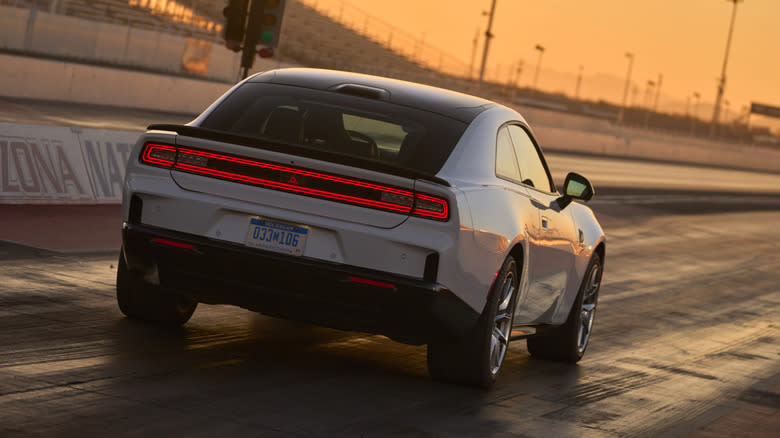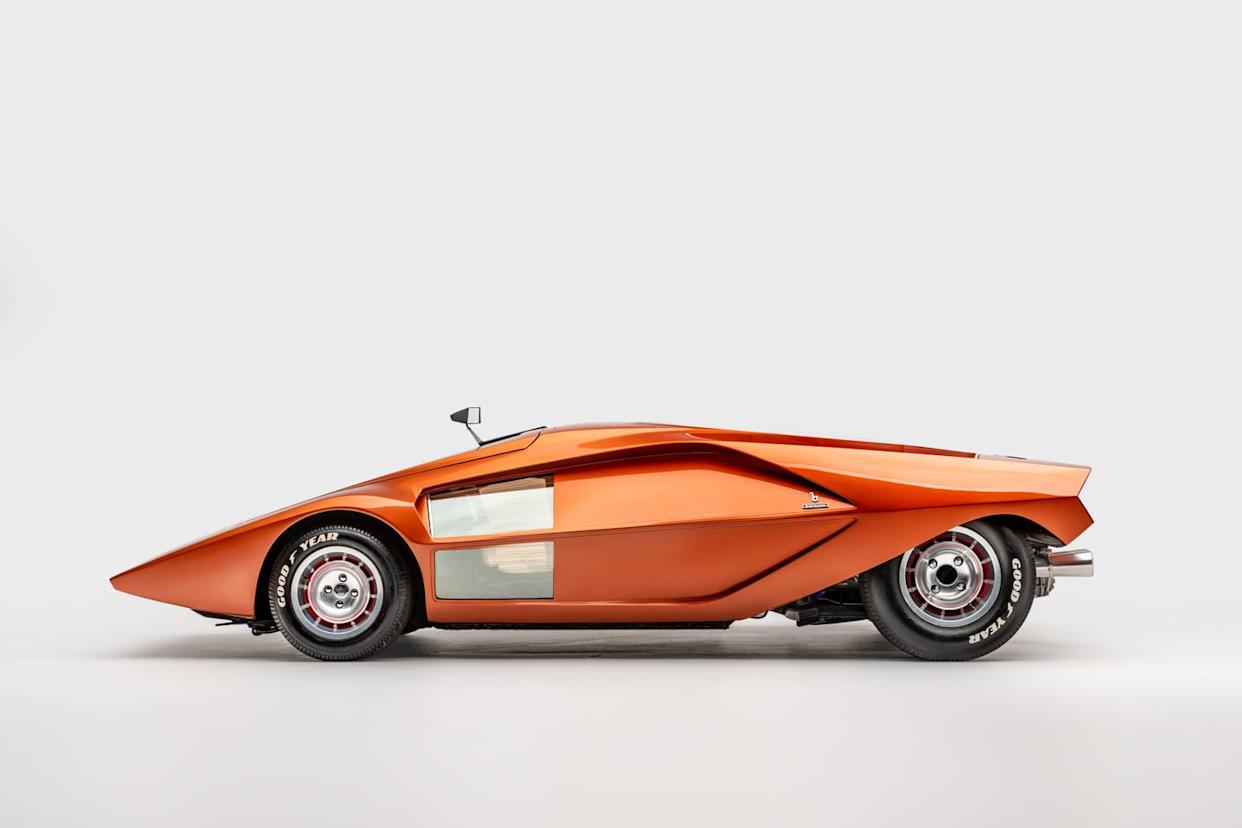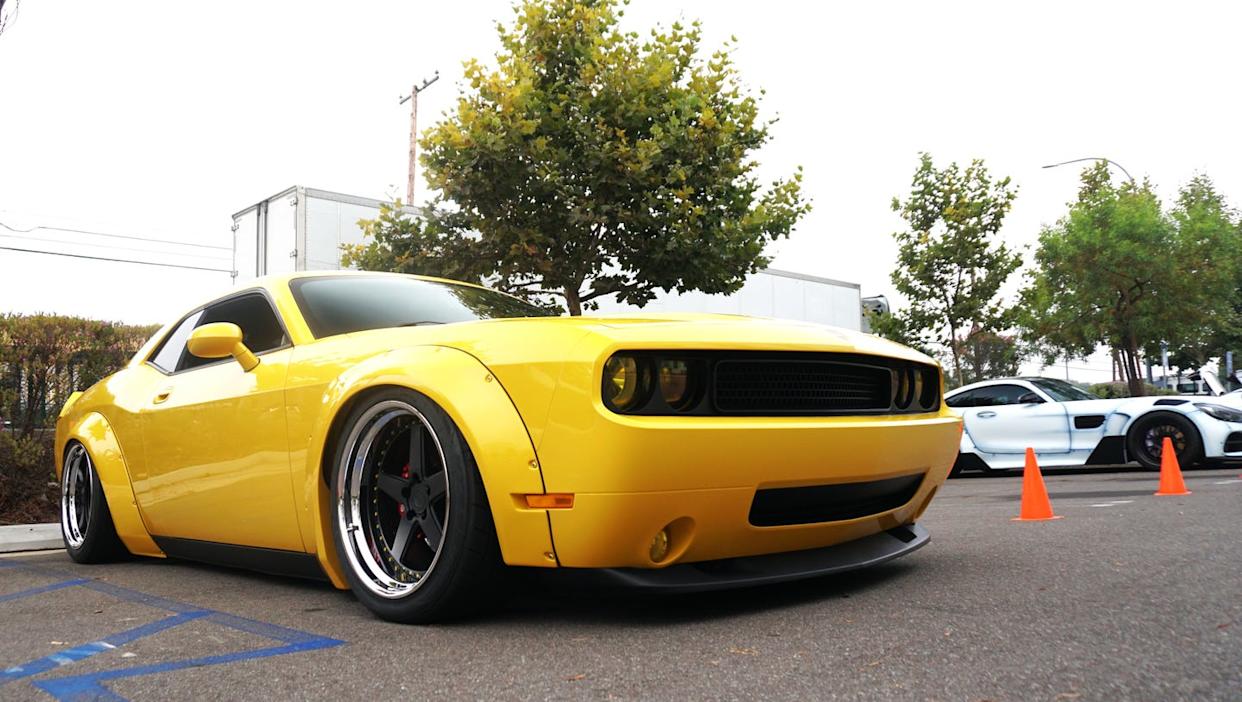Sue Callaway is cofounder of Glovebox Media and provides expert EV analysis for The Cool Down.
Nissan recently unveiled its latest all-electric Leaf (which, at its original launch in 2010, was reported to be an acronym for "Leading Environmentally-friendly Affordable Family vehicle"). This third-generation Leaf aims to be the most sustainable version yet of a car that was, when it initially went on sale, touted as the first mass-produced battery electric passenger vehicle available in the U.S.
A lot has happened in the 15 years since, starting with the fact that the Leaf has grown from a cute hatchback into a confident, muscular-looking crossover SUV.
Nissan's design and engineering teams were committed to giving owners more usable interior space without sacrificing a compact footprint and extra clean aerodynamics. To the latter point, after countless hours of wind tunnel testing, it achieved a remarkably low drag coefficient of 0.26 (among electric SUVs, the Tesla Model X is one of the only models with a better number).
That means the Leaf cuts through the air with relatively little friction, aided by a complex wind-cheating wheel design and the company's first retractable door handles. The innovations give the latest Leaf up to 303 miles of range.
Driving the first-generation Leaf back in 2010 was a revelation of silence. The interior was calm and light, and the electric powertrain whispered into action, which was a novel experience at the time.
Fast-forward to the latest Leaf, where the aesthetics of quiet have evolved with the more spacious, airy, and premium-feeling cabin. To enhance a sense of comfort, there's an optional dimming panoramic roof, which transforms from transparent to opaque in an instant to shield occupants from harsh sun and heat gain.
The interior also has new dual-screen displays. The standard size is 12.3 inches, with 14.3-inch displays also available as an option. And there's a full suite of electronic driver assistance systems as well as a vehicle-to-load (V2L) capability of 1,500 watts.
Leaf head designer Giovanny Arroba and his team focused on ensuring soft-touch materials throughout the vehicle.
"We wanted less hard plastics and more soft wrapping, but with a sense of vibrancy," Arroba said. "The interior has a little bit of [metallic] flake in it, bringing a little bit of shine and color, especially when the sun hits it — the surfaces are alive."
Do you think a majority of Americans will have EVs in 20 years? Click your choice to see results and speak your mind. |
The new Leaf also has a novel, coded self-reference in its optional holographic LED taillights. On each side, there are two horizontal light bars and three vertical ones, a visual reference to the company's name, which in Japanese is "ni-san," or "two-three."
The 2026 Leaf goes on sale this fall. The company hasn't announced pricing yet, but the entry-level version, the S, is likely to start at around $35,000. The model is expected to also come in other trim levels, including the S+, SV+, and Platinum+.
Join our free newsletter for weekly updates on the latest innovations improving our lives and shaping our future, and don't miss this cool list of easy ways to help yourself while helping the planet.








Comments